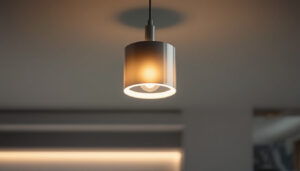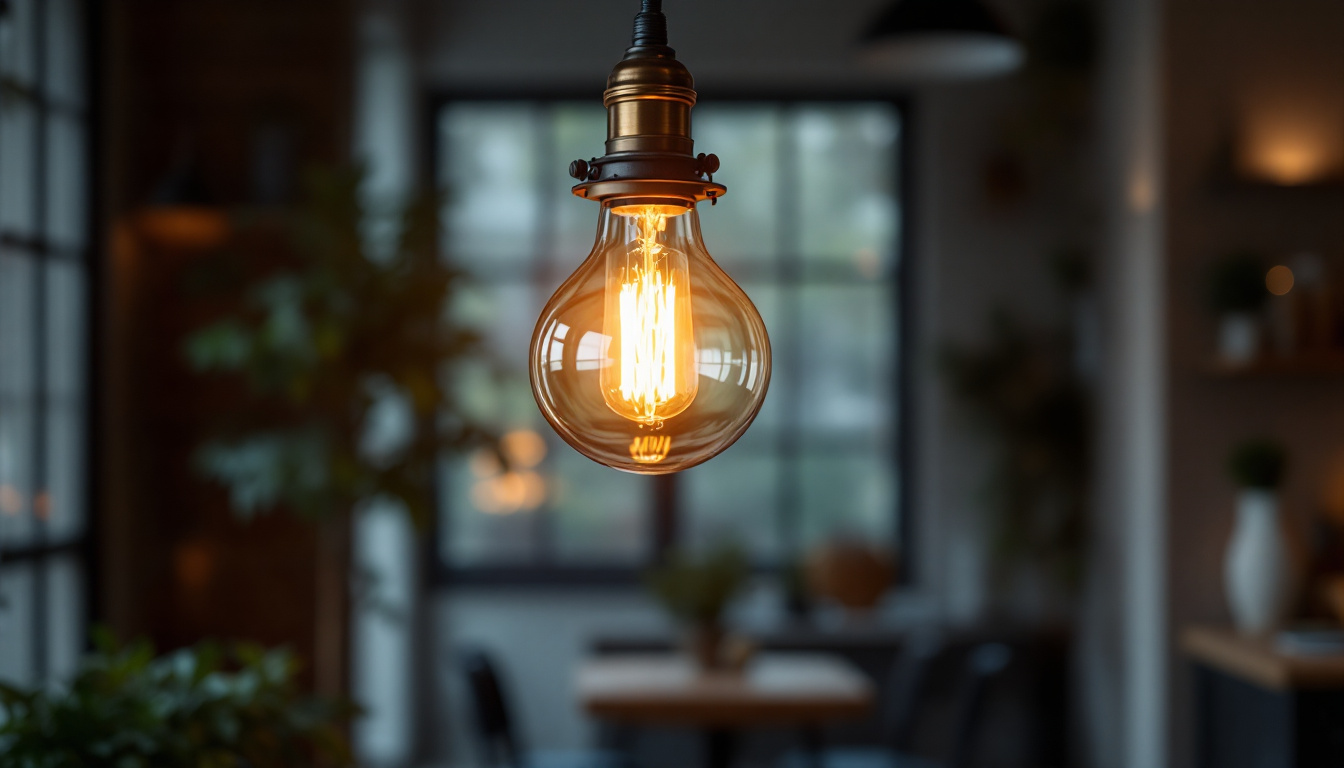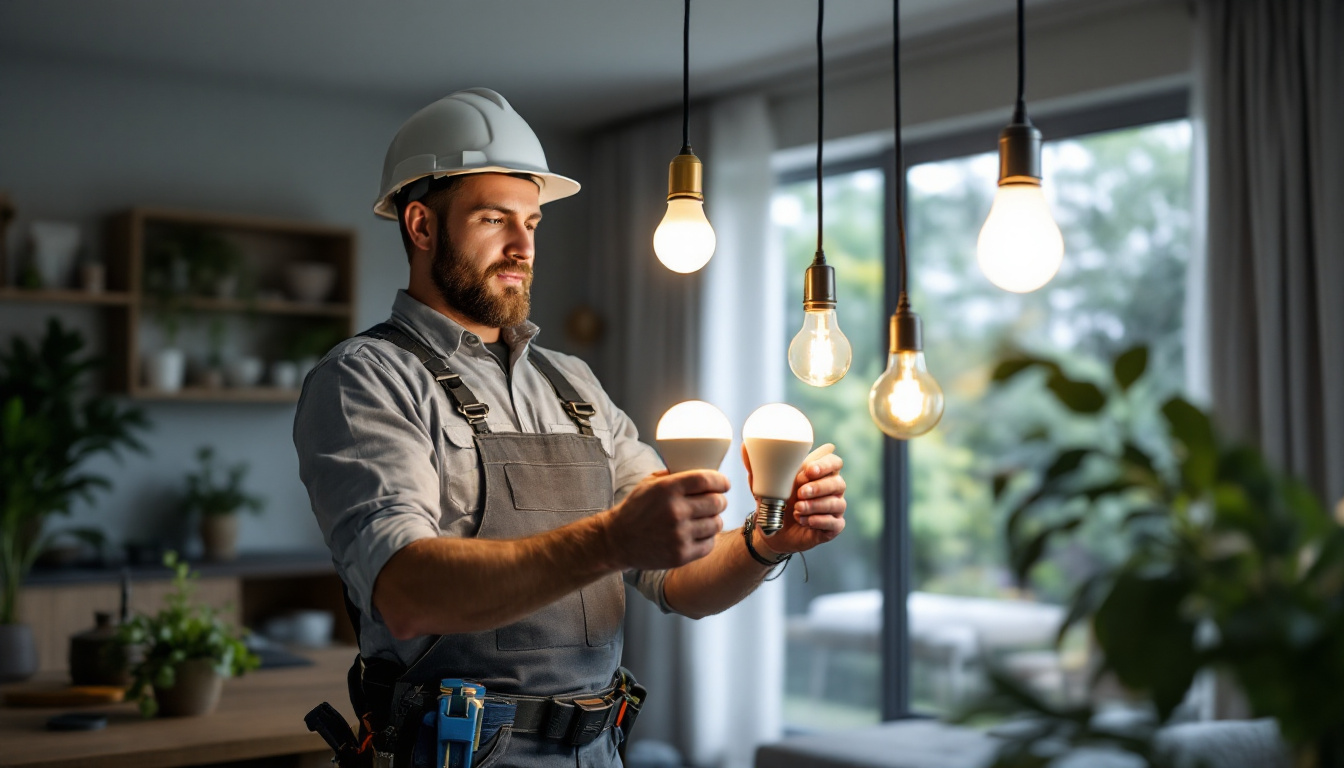

For lighting contractors, an in-depth understanding of electrical components is essential for ensuring safety and efficiency on the job. One often overlooked aspect is the various types of dryer plugs. These plugs are not only crucial for connecting appliances but can also be significant in specific lighting applications, especially in commercial settings.
Dryer plugs come in different configurations, each designed for specific voltage and amperage requirements. Recognizing these differences can help contractors make informed decisions when specifying or installing lighting systems that may require similar connections or adaptations. Additionally, understanding the implications of using the wrong type of plug can prevent costly mistakes and ensure compliance with local electrical codes.
Dryer plugs generally fall into three main configurations: NEMA 10, NEMA 14, and NEMA 6. Each of these configurations serves a distinct purpose and is designed for different electrical loads.
The NEMA 10 plug, for instance, is an older standard that is typically used for 120/240V circuits. It features two hot wires and a neutral wire, making it suitable for older dryers. However, due to safety concerns, its use has declined in favor of newer standards. As a result, many contractors may encounter this plug in older buildings, where retrofitting electrical systems to accommodate modern plugs may be necessary to meet current safety regulations.
Conversely, the NEMA 14 plug is the current standard for most residential dryers, providing a 240V connection with four prongs: two hot wires, one neutral, and a ground. This configuration enhances safety by ensuring that the ground wire is separate from the neutral wire. The adoption of this plug type reflects a broader industry trend towards improved safety measures, which is particularly important in environments where electrical appliances are frequently connected and disconnected.
Understanding the voltage and amperage ratings of dryer plugs is vital for lighting contractors. The NEMA 6 plug, for example, is commonly used for 240V applications in commercial settings. It is designed for higher amperage loads, typically rated at 30 amps, making it suitable for heavy-duty equipment. This is particularly relevant in industrial environments where lighting systems may need to operate alongside other high-demand machinery, requiring careful consideration of the entire electrical load.
When selecting a dryer plug for a lighting installation, contractors must consider the electrical load that the lighting system will impose. Using a plug that cannot handle the required amperage can lead to overheating and potential fire hazards, emphasizing the importance of proper electrical knowledge. Moreover, understanding the compatibility of various plugs with existing electrical infrastructure can streamline installation processes and enhance overall project efficiency. As technology advances, the emergence of smart lighting systems may also necessitate a reevaluation of plug types and configurations, ensuring that contractors stay ahead of the curve in a rapidly evolving industry.
When it comes to lighting installations, the choice of plug can significantly impact the performance and safety of the system. Selecting the right dryer plug involves understanding the specific requirements of the lighting equipment being used.
For instance, if a contractor is working with high-powered LED fixtures that require a substantial electrical load, opting for a NEMA 14 or NEMA 6 plug may be necessary. These plugs provide the necessary voltage and amperage to ensure optimal performance without risking damage to the fixtures.
Another critical factor to consider is compatibility with existing electrical systems. Many commercial buildings may already have specific plug types in place. Understanding these existing systems can help contractors avoid unnecessary modifications and ensure a seamless installation process.
For example, if a lighting contractor is retrofitting a space with new LED lighting, they should assess the current electrical infrastructure. If the existing plugs are NEMA 14, it would be prudent to continue using this standard to maintain consistency and safety across the installation.
Moreover, the choice of plug not only affects the immediate installation but also has long-term implications for maintenance and upgrades. Using a plug type that is widely accepted and readily available can simplify future repairs or expansions. If a specific plug type is rare or outdated, it may lead to delays in sourcing replacement parts, which can be detrimental to project timelines and budgets. Therefore, contractors should also consider the availability of components and the potential for future scalability when making their selection.
Additionally, it’s essential to take into account the environmental conditions of the installation site. For outdoor lighting applications, for instance, plugs must be rated for weather resistance to prevent corrosion and ensure durability. In such cases, opting for plugs with weatherproof ratings can enhance the longevity of the lighting system, reducing the need for frequent replacements. This foresight can save both time and resources, ultimately leading to a more efficient and reliable lighting solution.
Safety is paramount in any electrical installation, and dryer plugs are no exception. Ensuring that the correct plug type is used can prevent electrical hazards and ensure compliance with local codes and regulations. The importance of using the right plug extends beyond just safety; it also impacts the efficiency and longevity of the appliance. A properly matched plug and outlet can enhance the performance of the dryer, reducing energy consumption and minimizing wear and tear on the unit.
Contractors must also be aware of the potential risks associated with improper installations. For instance, using a plug rated for lower amperage than required can lead to overheating and electrical fires. Therefore, it is essential to match the plug type with the equipment’s specifications. Additionally, the physical condition of the plug and outlet should be regularly inspected for signs of damage or wear, as these can compromise safety over time. Regular maintenance can help identify potential issues before they escalate into serious hazards.
Grounding is a crucial aspect of electrical safety that cannot be overlooked. The NEMA 14 plug, for example, includes a dedicated ground wire, which is essential for preventing electrical shock. Lighting contractors must ensure that all installations comply with local electrical codes, which often mandate specific grounding practices. Proper grounding not only protects individuals from electric shock but also safeguards the appliance from electrical surges that can cause significant damage.
Familiarizing oneself with local codes can also help contractors avoid costly fines and ensure that installations are safe and reliable. This knowledge is particularly important when working in commercial environments, where regulations may be stricter than in residential settings. Moreover, staying updated with changes in electrical codes and standards is vital, as these regulations evolve to incorporate new safety technologies and practices. Engaging in continuous education and training can empower contractors to implement the best practices in electrical installations, ultimately enhancing safety and performance across all projects.
In some cases, lighting contractors may encounter unique installation scenarios that require adapting dryer plugs for specific applications. This adaptability can be crucial for ensuring that lighting systems function effectively in various environments.
For example, when working in a temporary installation setting, such as an event or festival, contractors may need to use adapters or custom plugs to connect lighting equipment to existing electrical sources. Understanding the types of dryer plugs and their configurations can help facilitate these adaptations.
While adapters can provide a convenient solution for connecting different plug types, they must be used with caution. Using an adapter that is not rated for the required amperage can create safety hazards. Contractors should always verify that the adapter is compatible with both the plug and the equipment being used.
Additionally, it is advisable to limit the use of adapters in permanent installations. For long-term setups, it is best to install the appropriate plug type directly to ensure safety and reliability.
The electrical industry is continually evolving, with new technologies and standards emerging regularly. For lighting contractors, staying informed about these trends can provide a competitive edge and enhance the quality of their installations.
One trend to watch is the increasing adoption of smart technology in lighting systems. As more lighting solutions become integrated with smart home and building automation systems, the need for versatile and compatible plugs will grow. Understanding the implications of these advancements on dryer plugs can help contractors prepare for future projects.
Energy efficiency is another significant trend affecting the electrical industry. As regulations become stricter and consumers demand more sustainable solutions, lighting contractors must adapt their practices accordingly. This shift may influence the types of plugs and electrical systems used in future installations.
Contractors should consider how energy-efficient lighting solutions can be integrated with existing electrical infrastructure. This may involve selecting plugs that support energy-efficient technologies, ensuring that installations are both compliant and environmentally friendly.
For lighting contractors, understanding the various types of dryer plugs is essential for maximizing success in their projects. By recognizing the differences between plug configurations, voltage ratings, and safety considerations, contractors can make informed decisions that enhance the quality and safety of their installations.
As the electrical industry continues to evolve, staying informed about trends and advancements will be crucial. By embracing knowledge and adapting to changing technologies, lighting contractors can ensure that their work remains relevant and successful in a competitive market.
Ultimately, a thorough understanding of dryer plugs and their applications not only contributes to the safety and efficiency of lighting installations but also positions contractors as knowledgeable professionals in their field. This expertise can lead to increased client trust and satisfaction, paving the way for future success.
Ready to elevate your lighting projects with the highest quality supplies? Look no further than LumenWholesale, where we specialize in providing spec-grade lighting products at unbeatable wholesale prices. Say goodbye to local distributor markups and hello to a vast selection of reliable, high-performance lighting that meets the most rigorous industry standards. With LumenWholesale, bulk buying is a breeze, thanks to our free shipping policy, ensuring you get the best value without any hidden fees. Don’t compromise on quality or affordability. Discover wholesale lighting at the best value today and bring unparalleled efficiency and safety to your installations.

Discover the transformative power of industrial pendant lighting in modern spaces.

Explore the evolution of lighting technology as we delve into the innovations that succeeded Edison’s incandescent bulb.

Discover how innovative light bulbs are transforming the landscape for lighting contractors.

Discover how pendant lighting can transform your space and boost the efficiency of your lighting projects.
Get notified when NEW deals are released.
Optimize your budget with wholesale discounts.
Only top-quality, specification-grade lighting products.
No additional costs at checkout - what you see is what you pay.
We understand the unique needs of contractors.